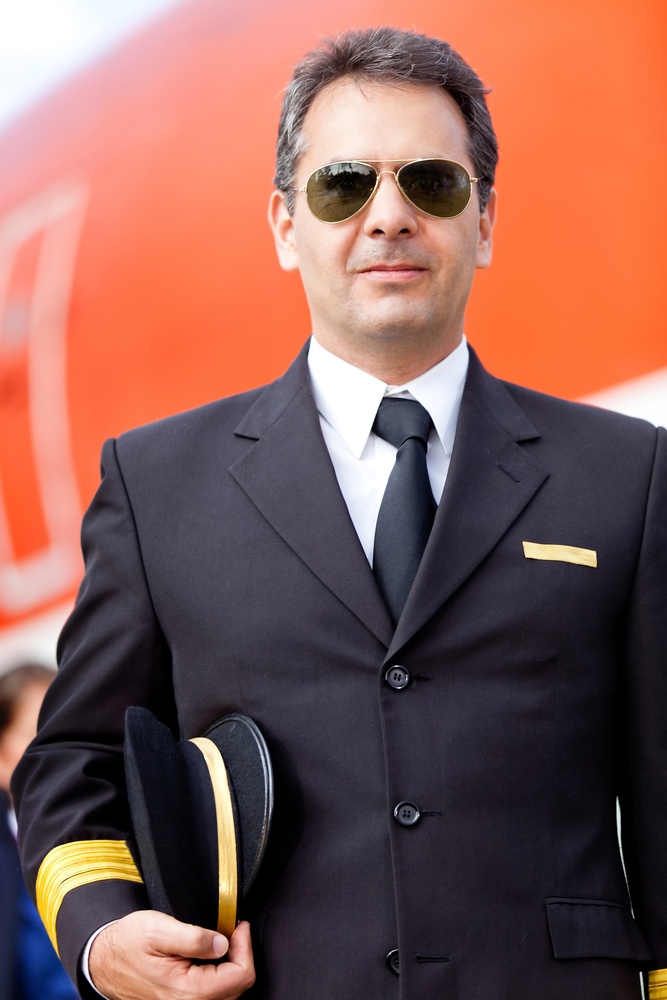Guiding you into the new year we look at the big aviation trends for 2019, discussing what they could mean for everyday passengers.
What Factors Are Driving 2019 Aviation Trends?
Complexity and uncertainty dominate the global backdrop. We’ve seen a reduction in international trade between major countries, a continued increase in the price of fuel, and political uncertainties that are likely to be exacerbated. That has partially contributed to various airlines in Europe going bankrupt - Primera Air, PrivatAir and Cobalt have gone, with major players Flybe and WOW in a desperate search for investment. Plus, the incessant growth in transatlantic travel is also no more.
Many commercial sectors have seen a slowdown or decline in growth. Will aviation continue to grow, despite the global challenges? According to an Oxford Business Group report, “commercial airlines experienced annual average passenger increases of 6.2% between 2012 and 2017,” mostly driven by the improved connectivity of emerging destinations. 2018 data isn’t available yet but signs suggest continued growth at a similar rate.
2019 Aviation Trends To Follow
More and Better Tech
We’re already gone past on-board Wi-Fi connectivity and in-flight entertainment apps. Security screening has changed enormously thanks to improved technology. In 2019 The World Travel & Tourism Council will be piloting the use of biometric technology at airports, the end goal being a seamless process from check in through security to ancillary services. Emirates is developing a similar system for Dubai International Airport.
Smart back-end technology is also going to improve. Just take Airvel as an example, developing systems that can eventually automate the purchase of private air charters. It’s all about developing a more open use of data and a smarter analysis of that data. The proprietary technology is already in operation, allowing users to get instant prices on flights between US and worldwide destinations, for an unrestricted choice of aircraft. Such technology means you gain greater choice and ultimately, better prices.
Fuel Prices Will Impact Airlines’ Bottom Lines
The question is - will those fuel prices be passed on to the passenger? Commercial flyers are enjoying fares that are 40% lower (when adjusted for inflation) than in 1978, although that figure is skewed somewhat by the rapid growth in low cost airlines. Perhaps the question to follow with this aviation trend is - when will fuel price increases be passed on to commercial flyers? The answer to this will probably be dictated by how well airlines can successfully diversify their revenue generation.
A parallel question to consider is how fuel price increases will change the race to produce electric aircraft? Hopefully we’ll see more and better investment, leading to a green future for the aviation industry.
Value for Money Travel
While we are not economists, there is a general sense of decreased spending around the world. But people will always need to travel. In aviation, that’s likely to pivot towards a focus on value for money travel. Can that be balanced with an increase in fuel prices? Yes it can when you look at the private aviation sector.
Commercial airlines can’t simply fly more routes. First they would need more planes. And more pilots (another challenge facing the aviation industry). However, there is huge capacity for airlines to improve revenue by increasing the number of hours they bill for private air charters. Planes are sitting unused. People want to fly. So join the dots between passenger and airline and there’s a big travel trend to follow in 2019.
Increased Pressure on Airport Infrastructure
If passenger growth continues at 6% a year there are tough times ahead for airports. While airlines and civil aviation authorities continue to invest in airport infrastructure, John Grant predicts that “infrastructure will struggle to meet demand.” Congestion will grow and safety needs to be managed very carefully, that’s according to the Oxford Business Group. So those big commerical airport terminals are only going to get busier for passengers.
That is at the commercial end of the sector. There’s a different trend to follow for private aviation. We’re delighted to see the ongoing and increased development of airport FBOs, especially with thought to managing long-term capacity. Again, this is going to create more choice for private air flyers, both at popular airports and upcoming destinations.
The End of the Jet Broker and Jet Card?
So many trends point to the demise of jet brokers and jet cards. And this is our big trend to follow in 2019.
Passengers are demanding more choice and better flexibility. They want better value for money. They also have less time and need to make informed decisions, quickly. None of these factors are consistent with traditional jet brokers or jet cards. Private jet cards provide simplicity yet disappoint on their long-term value for money. Plus, a card’s restrictions heavily impacts choice and flexibility. Private jet brokers are charging for a service that you can do for yourself, without the fees or the countless phone calls.
What will people use instead? Well, a smart tech-driven system that offers unrestricted choice and value for money travel. One that increases charter hours for airlines and helps continue the downward cost curve for charters.
Airvel - Follow Us In 2019
We’re a little biased of course. As the world’s leading booking engine for air charters we’re predicting travel trends consistent with our own direction of travel. We want to offer passengers greater choice and flexibility. Get more hours for airlines. Use tech to drive aviation growth. And ultimately, expand private aviation to a level where anyone can fly.
Check it out at Airvel.com.







Comment